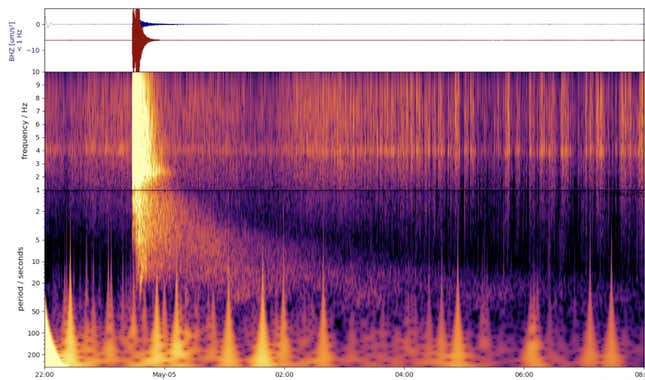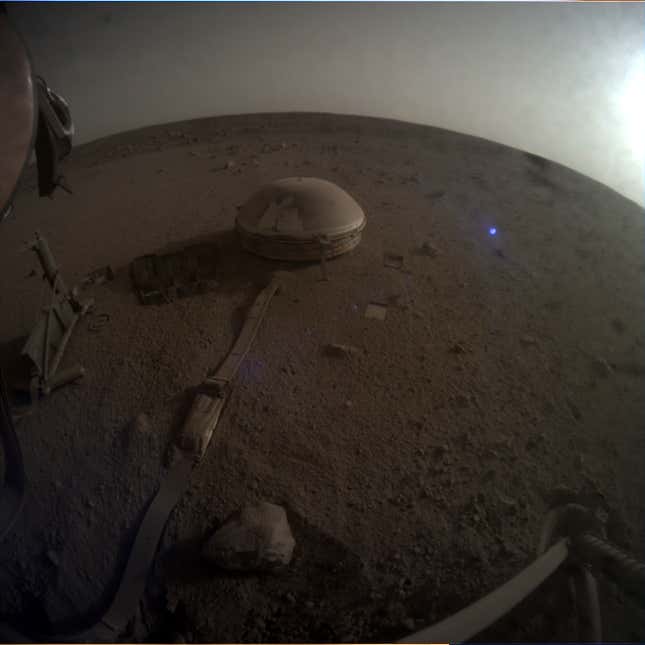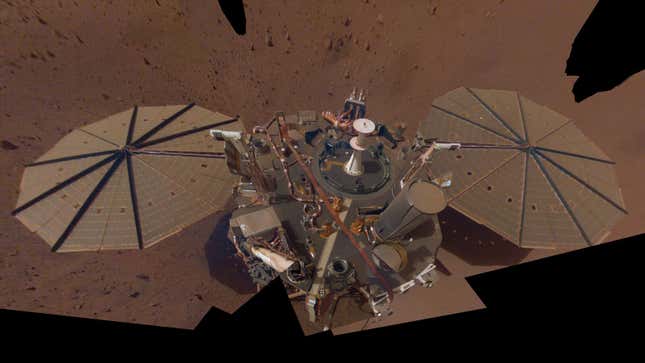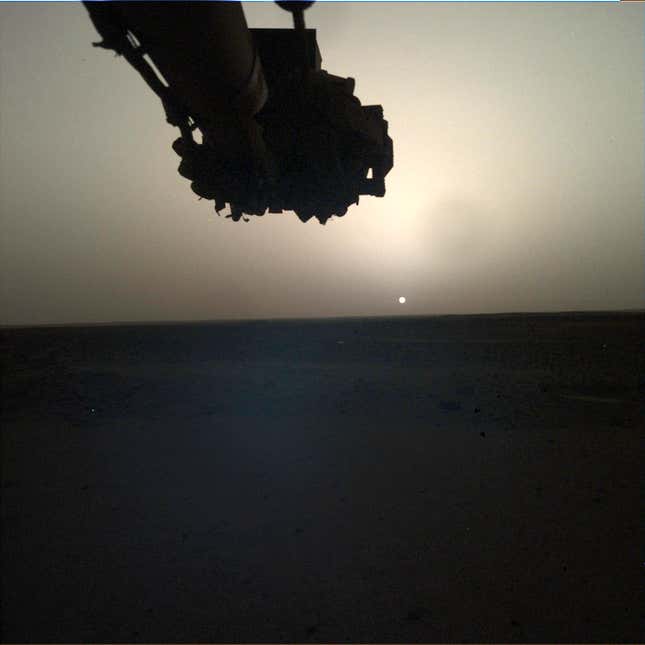
NASA’s Insight Mars lander recorded a magnitude 5 quake on the Red Planet last week, the largest such rumble ever observed on another world.
The news comes just one week after the lander confirmed the intensities and locations of its previous largest quakes. Those occurred in August and September 2021 and were magnitudes 4.1 and 4.2. They are now usurped by the forceful event on May 4.
Earthquakes between magnitudes 4 and 5 are often felt but typically only cause minor damage, according to Britannica. InSight was sent to Mars in 2018 to study the core, mantle, and crust that make up the Martian interior, as well as the “marsquakes” that emanate from inside the planet.
Since then, InSight has detected over 1,000 quakes, but nothing as intense as the recent event, which was picked up by the lander’s seismometer. Last year, InSight data gave NASA scientists the most sweeping look at the planet’s interior to date.
It may take some time for planetary scientists to deduce more about the origin of the recent quake, as was the case with last year’s sizable events. That’s because when marsquakes occur, they emit seismic waves that reflect off material inside Mars. Those reflections can reveal information about the Martian interior, but they take some time to untangle.
InSight’s tenure on the Red Planet hasn’t been all wins. After several failed attempts to get the “Mole” heat probe to dig into the Martian regolith, NASA finally gave up on the project, which was intended to be a central part of the mission. More recently, the lander’s solar panels have been covered in dust, which has caused concerns about the spacecraft’s ability to stay alive. So far, it’s still kicking, and picking up some tremendous tremors along the way.


